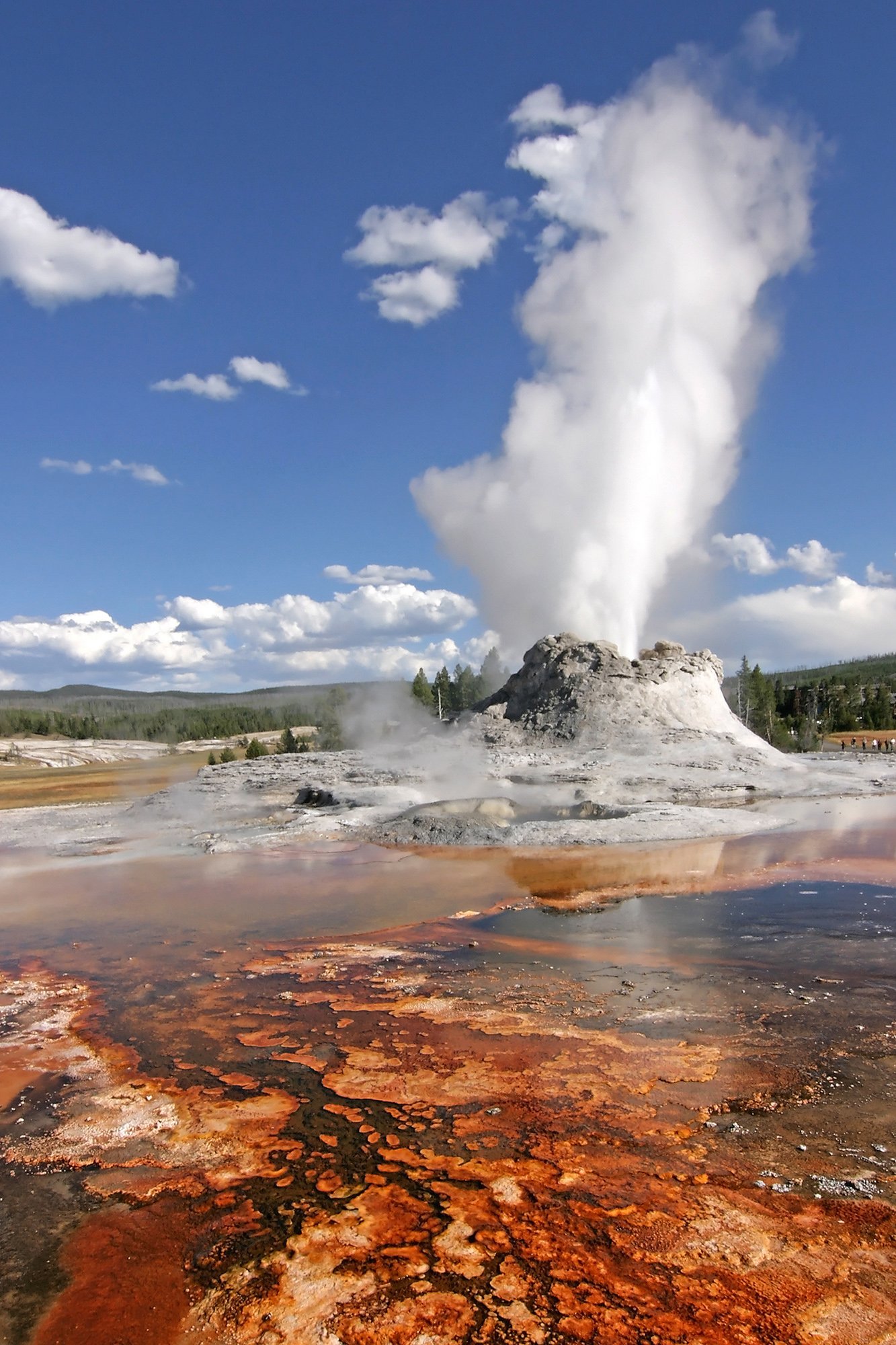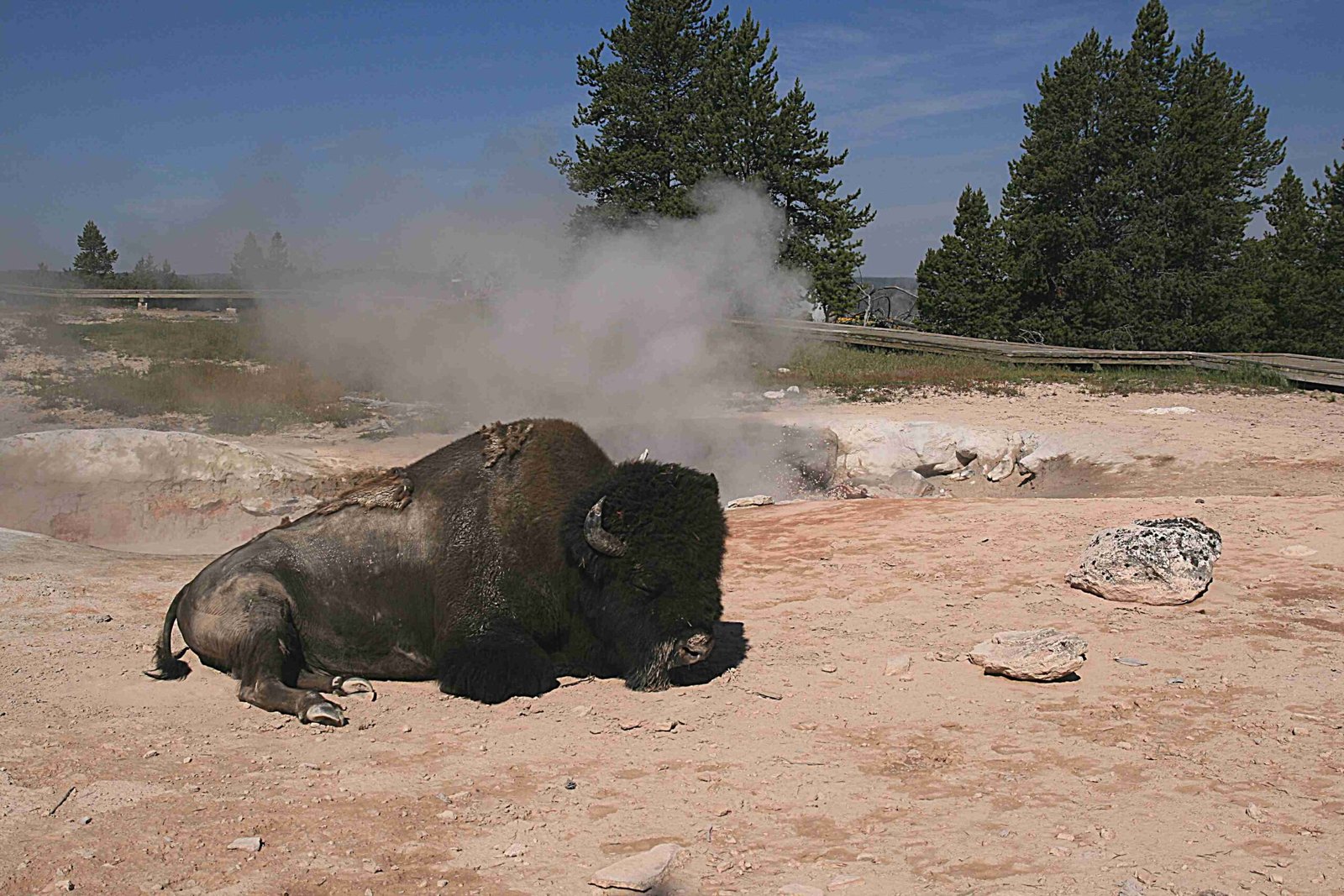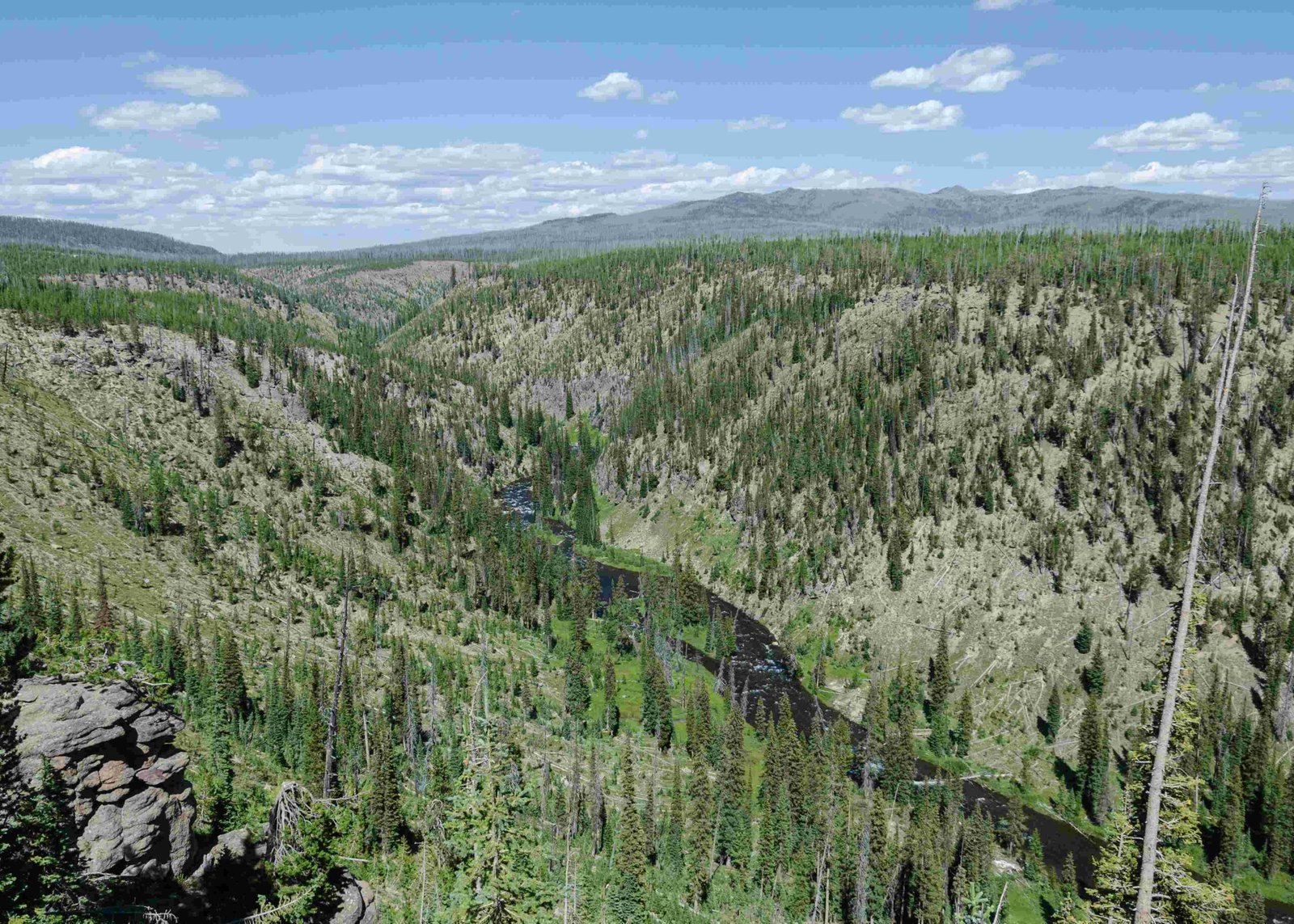Yellowstone National Park eco tourism offers visitors a unique opportunity to experience one of America’s most iconic natural wonders while minimizing environmental impact. With over 2.6 million annual visitors, the park has implemented various sustainable practices to balance tourism with conservation. From wildlife watching tours to eco-friendly accommodations, Yellowstone provides numerous options for environmentally conscious travelers seeking to explore its geothermal features, diverse ecosystems, and abundant wildlife.
What Are the Key Eco Tourism Initiatives in Yellowstone National Park?

Yellowstone National Park has implemented several eco tourism initiatives to promote sustainable travel and conservation:
- Visitor Education Programs
- Wildlife Conservation Efforts
- Sustainable Transportation Options
- Eco-Friendly Accommodation Choices
Visitor Numbers and Sustainable Practices
As of July 31, 2024, Yellowstone National Park recorded 2,626,091 recreation visits. While specific data on sustainable travel practices is not available, this high visitor count indicates significant potential for promoting eco-friendly tourism.
Carbon Impact and Emissions Reduction
Tourism in Yellowstone generates over one megaton of carbon emissions annually, with each visitor contributing approximately 479 kilograms of CO2. To address this:
- 90% of emissions come from travel to and from the park
- Air travel is a major contributor
- The park encourages visitors to use more sustainable transportation options
Wildlife Conservation Programs
Yellowstone’s wildlife conservation programs play a crucial role in eco tourism:
- Protected ecosystems absorb more CO2 than tourism emits
- The park serves as a net carbon sink
- Conservation efforts positively impact the environment and enhance visitor experiences
What Eco-Friendly Accommodations Are Available in Yellowstone?

Yellowstone offers various eco-friendly accommodation options for environmentally conscious visitors:
Sustainable Lodging Options
- Grant Village Lodge: Known for its sustainability efforts, though specific certifications are not detailed.
- Camping: A more eco-friendly alternative to hotels, with several campgrounds available:
- Grant Village Campground
- Bridge Bay Campground
- Canyon Campground
Tips for Reducing Carbon Footprint
- Choose camping over hotel rooms
- Opt for accommodations with sustainable practices
- Minimize energy and water usage during your stay
What Types of Guided Eco Tours Are Offered in Yellowstone?
Yellowstone provides a range of guided eco tours that focus on education and conservation:
Wildlife Watching Tours
- Observe diverse wildlife such as wolves, bears, and bison
- Learn about habitat preservation and conservation efforts
- Typically offered in small groups to minimize environmental impact
Ranger-led Programs
- Guided walks
- Educational talks
- Campfire programs
These programs aim to educate visitors about Yellowstone’s natural and cultural resources while promoting sustainable practices.
How Can Visitors Use Sustainable Transportation in Yellowstone?
Sustainable transportation options in Yellowstone help reduce the park’s carbon footprint:
Shuttle Services
- Park-operated shuttle services reduce private vehicle use
- Minimize congestion and emissions within the park
Parking Facilities and Guidelines
- Restrictions and guidelines manage traffic, especially during peak seasons
- Visitors are encouraged to use shuttles or carpool
Sustainable Travel Practices
- Prioritize fuel-efficient travel
- Drive instead of fly when possible
- Use public transportation or shuttle services within the park
What Are the Best Practices for Eco-Friendly Visits to Yellowstone?
To ensure an eco-friendly visit to Yellowstone, consider the following best practices:
- Use sustainable transportation options
- Choose eco-friendly accommodations
- Participate in guided eco tours
- Follow Leave No Trace principles
- Support local conservation efforts
- Minimize waste and properly dispose of trash
- Respect wildlife and maintain safe distances
- Conserve water and energy during your stay
By following these practices, visitors can enjoy Yellowstone’s natural wonders while minimizing their environmental impact.
How Does Yellowstone Balance Tourism with Conservation?
Yellowstone National Park employs various strategies to balance tourism with conservation:
- Visitor Management: Implementing quotas and reservation systems for popular areas
- Habitat Protection: Designating specific areas for wildlife and restricting human access
- Education Programs: Offering ranger-led tours and informational displays
- Sustainable Infrastructure: Developing eco-friendly facilities and transportation options
- Research and Monitoring: Conducting ongoing studies on tourism impacts and ecosystem health
These efforts ensure that visitors can enjoy the park while preserving its natural resources for future generations.
For more information on Yellowstone National Park eco tourism, contact:
- National Park Service: www.nps.gov/yell
- Yellowstone Visitor Centers for specific tour operator details
References:
1. https://kyssfm.com/yellowstone-2024-tourism-numbers-near-all-time-record/
2. https://www.usu.edu/today/story/out-of-the-park-new-research-tallies-total-carbon-impact-of-tourism-at-yellowstone
3. https://mountainjournal.org/yellowstone-national-park-tourism-leaving-massive-carbon-footprint

